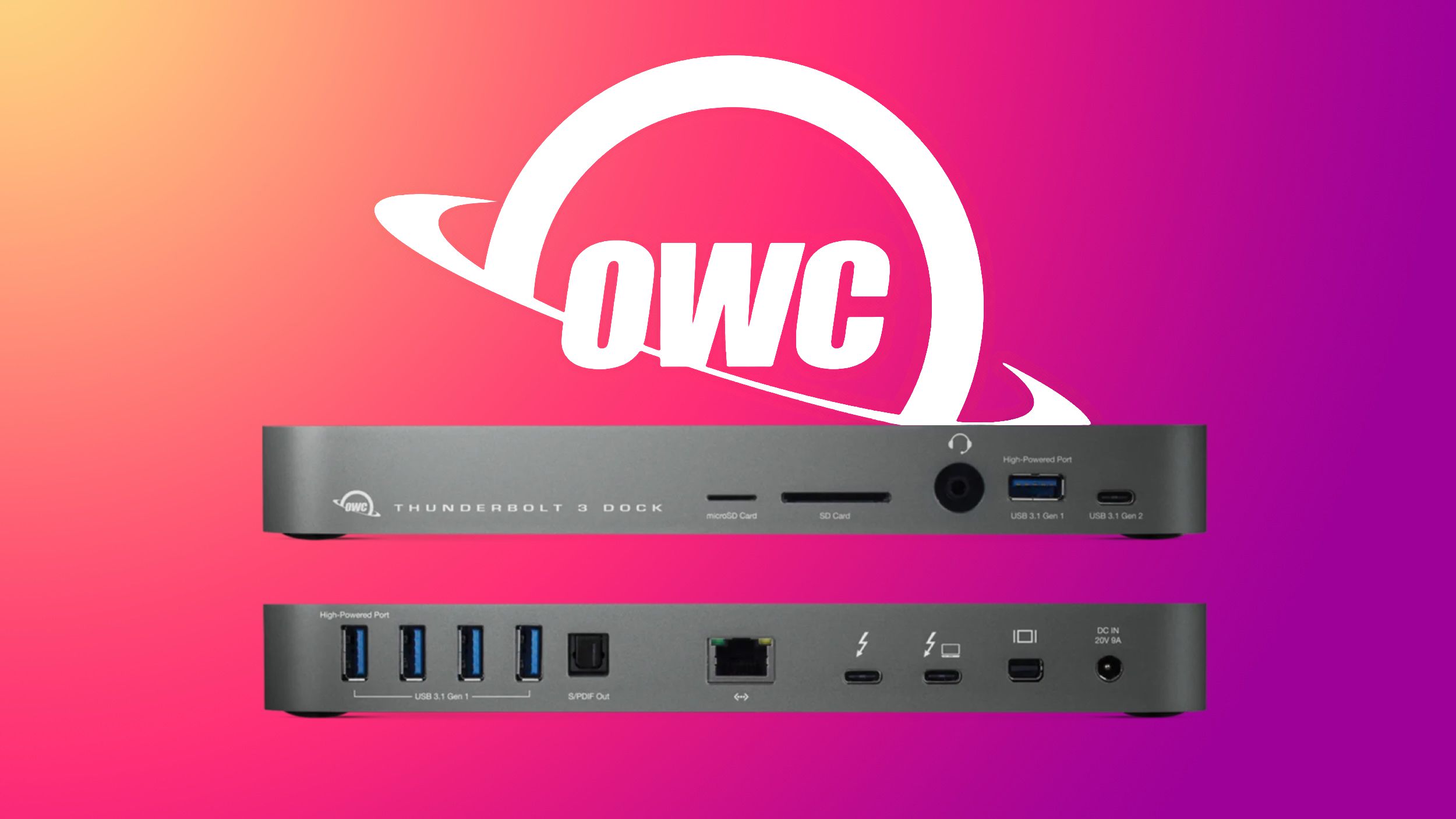C. Scott Brown / Android Authority
In my five years working as an Android journalist, I’ve been known as the Samsung guy. That’s been an accurate description, but it may surprise you to learn that I used to be a Nexus/Pixel fanatic, using every Google flagship from the Nexus 6 to the Pixel 3XL. That changed toward the start of 2019, when I became tired of how unreliable Pixels were for me in a few areas and started to use Samsung phones exclusively.
Recently, I got to spend a month with the Pixel 9 Pro, and after six years, it could be time for me to rejoin team Google. A lot has changed, and these are the reasons my next smartphone purchase could be a Pixel.
Would you switch from a Galaxy to a Pixel, or vice versa?
1457 votes
Pixel favorites
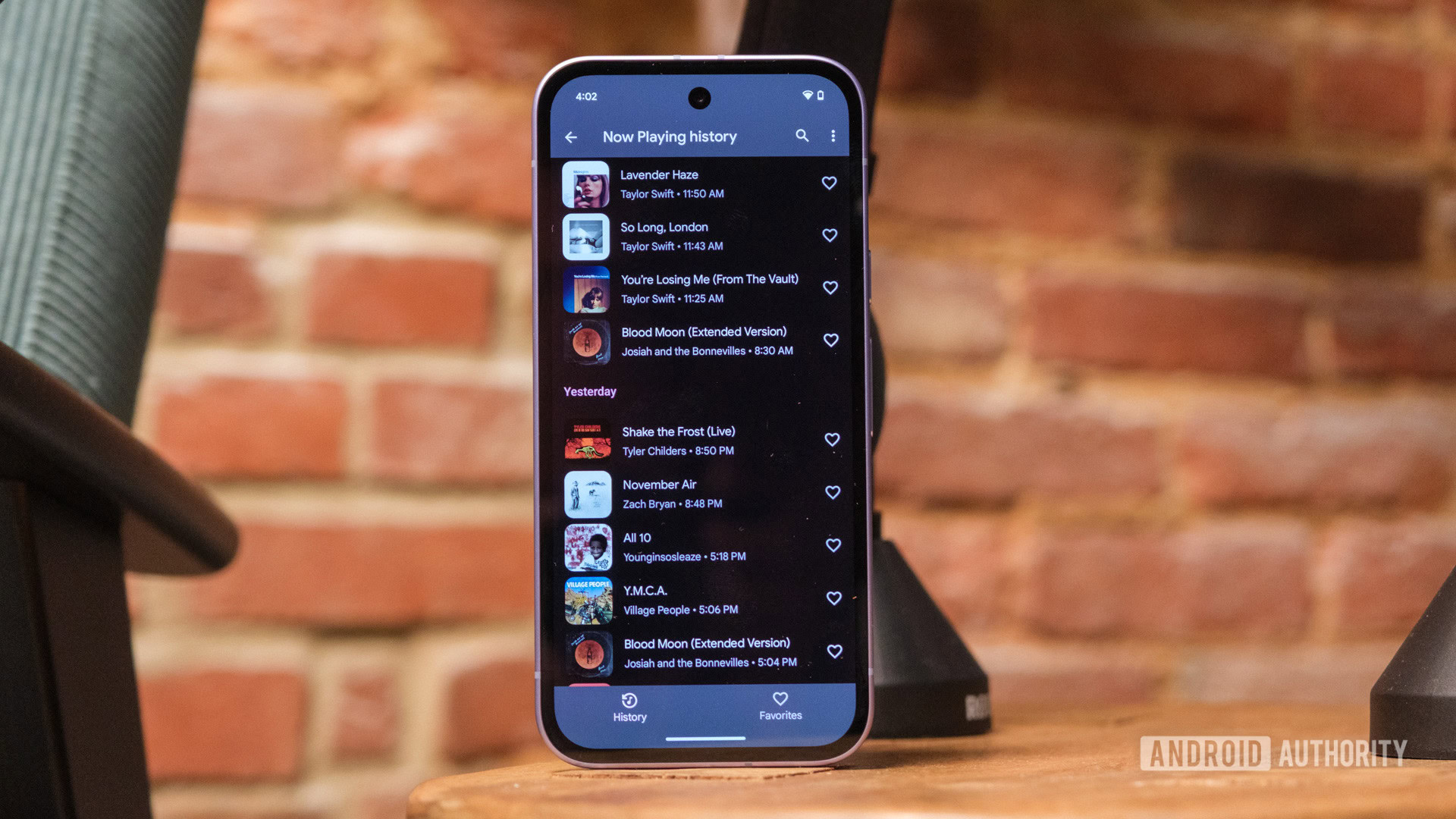
Ryan Haines / Android Authority
Since my switch to Samsung phones, there have been features I’ve missed from the Pixel experience. Now Playing is something that’s easy to take for granted when you have it, but I’ve missed while using non-Pixel phones. That sums up a lot of the Pixel experience — subtle features that can seem minor in a vacuum but come together to make a more complete product.
Call Screening and all of its associated functions are another example of this. Although Call Screening debuted with the Pixel 3 and 3XL, which I owned, the UK didn’t get access to it until 2021 with the Pixel 6. Samsung may have its version now, but it doesn’t quite compare to what a Pixel can do. Hold For Me, Direct My Call, and Wait Times set Google’s phone call experience apart from what Samsung has done with One UI so far. Calling my doctor or the hospital is a prolonged experience of waiting in line for an operator, and instead of smashing my head against the wall while the horrible hold music played, I could go about my day and let the Pixel handle that for me.

Joe Maring / Android Authority
At A Glance is another one of those small but mighty features I miss when I use a non-Google phone. Sure, I can use it as a widget on my Samsung phones, but it’s not the same as having it built-in, especially on the lock screen. At A Glance shows you what you need to know when you need to know it, and its absence makes the lockscreen on my Galaxy phones feel lifeless by comparison.
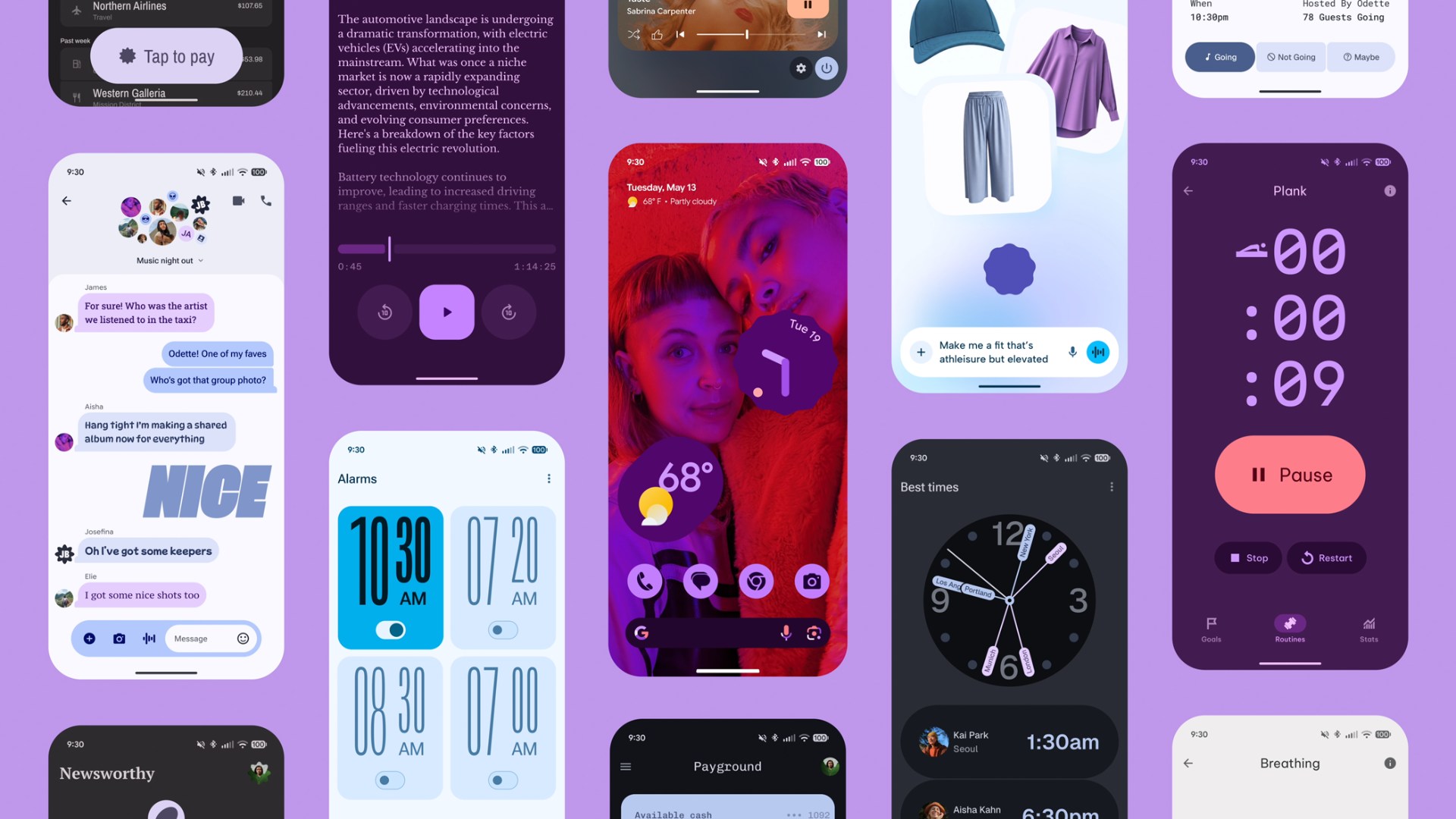
For the first time since the introduction of One UI, I’m starting to prefer how Google’s flavor of Android looks thanks to the Material 3 Expressive overhaul in Android 16 QPR1. The redesigned notifications and quick settings panel look fantastic, and the focus on bouncy animation and haptics makes a Pixel phone feel alive in ways Samsung phones don’t, even on One UI 7 or 8. There are still things I prefer about One UI — more on that later — but it isn’t as cut and dry as it used to be, and the Pixel feels more fun.
Build and reliability
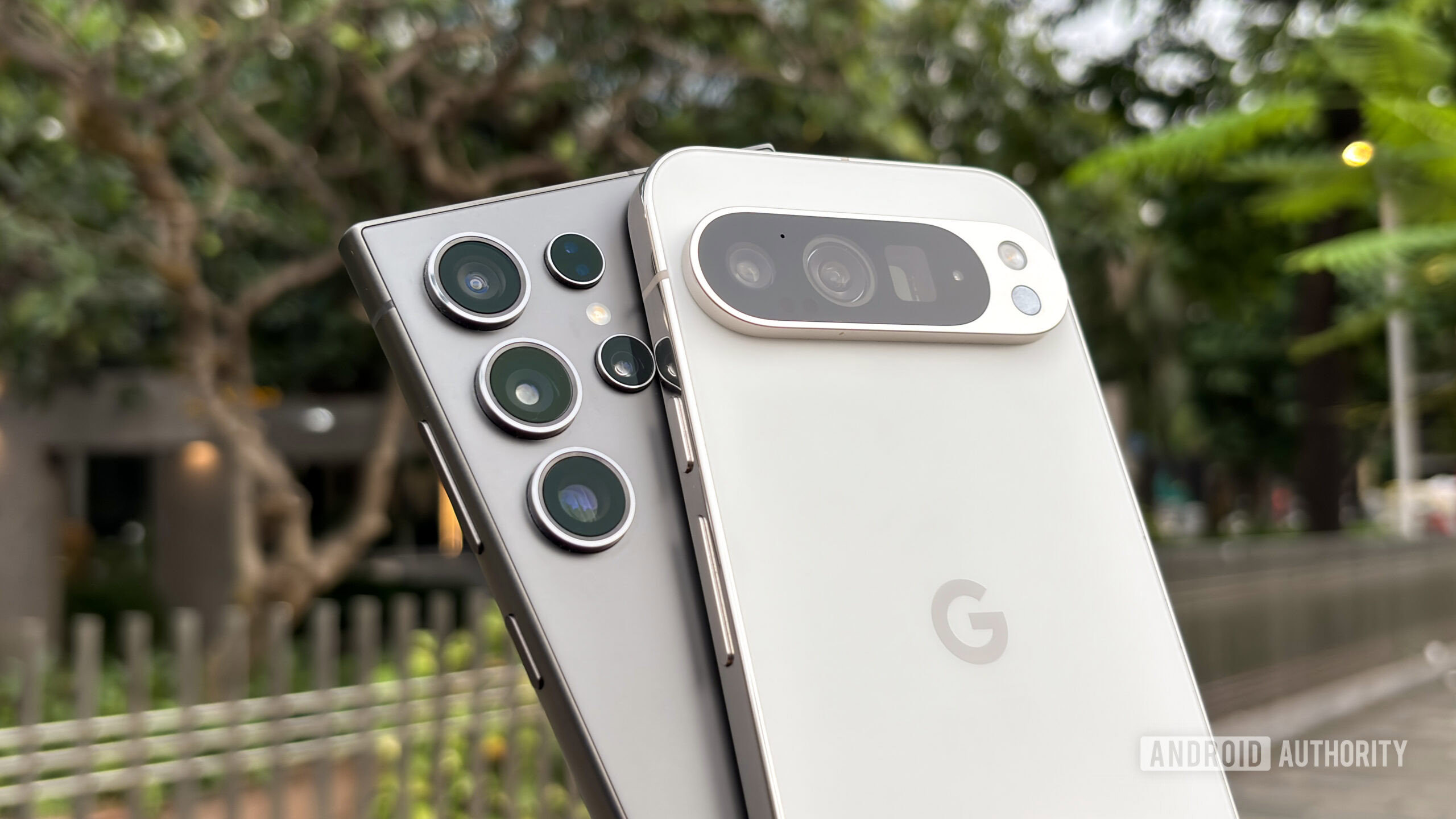
Aamir Siddiqui / Android Authority
Here lies the reason I stopped using Pixel phones in the first place. My Nexus 6, 6P, Pixel XL, 2XL, and 3XL all had issues that led to multiple repairs or warranty replacements for each. To Google’s credit, their support was great, always getting me a replacement phone within a single working day of reporting an issue. But after nearly five years of constant problems, I’d had enough. I could only tell myself things would be better next year for so long, and when my Pixel 3XL couldn’t even keep my music player in memory and take photos at the same time, thanks to the pitiful 4GB of RAM, it was time for me to move on.
I could only tell myself things would be better next year for so long.
I’ve kept up to date with Pixels since — my wife had a Pixel 4, my Grandad had a 3a, 6a, and now an 8a, and I used a Pixel 6 Pro and later an 8 Pro for work a few times. Each of those devices, while great, didn’t inspire the same confidence that my Samsung phones have, all of which have been flawless, except my S20 Ultra, which needed a motherboard replacement after overheating.
The Pixel 9 Pro feels incredible. The materials and build quality are top-notch and rival that of my S24 Ultra, and at no point in my month with it did I experience any of the issues I did with Pixels of old. Tensor G4 has been fast, stayed cool even during an awful heatwave, even when all my friends’ iPhones were showing the “iPhone needs to cool down” warning. It hasn’t given me any problems with signal strength, either, which was a particularly weak point for previous generations of Tensor. At no point did the 9 Pro feel slow — it powered through everything I needed a Pixel for without complaint.
Battery and camera
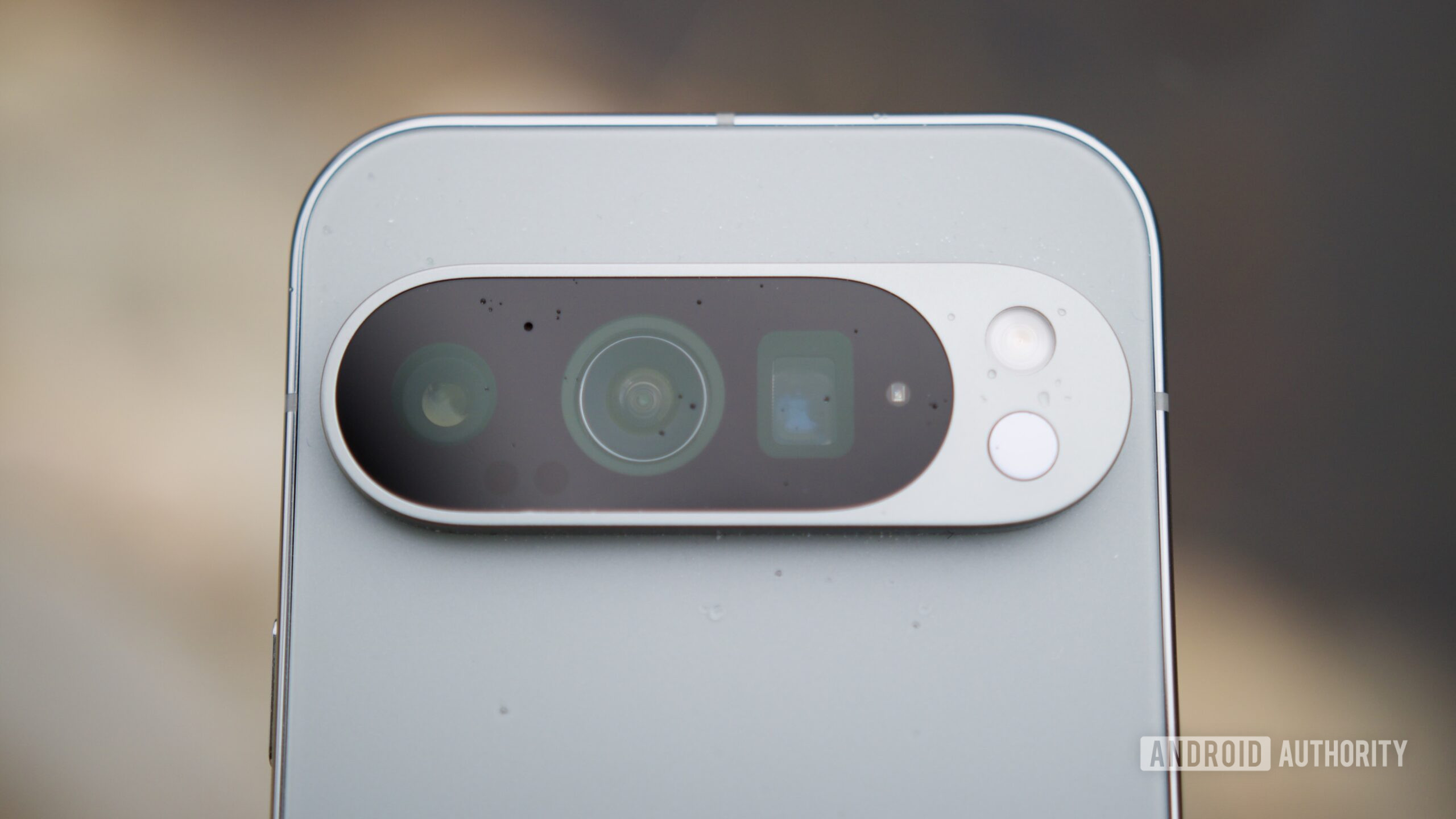
Joe Maring / Android Authority
I didn’t expect battery life to be this good with the 9 Pro, but it has been nothing short of outstanding. Despite the size and weight difference, the battery in the Pixel isn’t much smaller than the one in my S24 Ultra — 4,700mAh vs 5,000mAh. The Pixel 9 Pro got me through some tough days, even though I ran it in the Android 16 QPR1 beta for the duration.
In my final two weeks with the phone, I made two trips to London. The first was a trip with friends, including a boat ride along the Thames and several hours at Hampton Court. Later, I returned to London for a press briefing. Both of these trips spanned an entire day, leaving home at around 7 AM and returning home at 6 PM. These days were hard on the phone with almost-constant GPS usage for public transport around London, plenty of photo and video capture, and music streaming. All of this during a heatwave that left my S24 Ultra running hot, no matter what I was doing, while the 9 Pro stayed cool for the duration. On both of those days, I got home with at least 20% battery left, more than my S24 Ultra ever managed on similar trips.
On more mundane days, working from home and staying almost entirely on Wi-Fi, I was going to bed with at least 35-40% left.
I’ve always loved taking photos and always enjoyed that experience on older Pixels. The Samsung phones I’ve owned have all been solid, except for the S20 Ultra, and so over the years, I forgot what the magic of a Pixel camera felt like. The 9 Pro reminded me of what I’ve been missing, especially now that the zoom hardware truly rivals Samsung.
Every photo I took on the Pixel 9 Pro was sharp, in focus, and pleasing to look at. Don’t get me wrong, my S24 Ultra takes solid photos, but I always feel the need to take multiple at a time to ensure shutter lag or missed focus doesn’t ruin the result. The Pixel has a point-and-shoot capability that few phones possess, more so than even the iPhone 16 Pro I tried last year. I might not take as many photos as Rita, but I took enough to know I love this camera.
The Pixel also inspired me to record more video. That’s something I’ve never tended to do on mobile. I hate inconsistent framerates, and my Pixels of old and the Samsung phones I use now have always had issues with dropping frames, especially when switching between lenses. On top of that, Samsung’s tendency to over-sharpen everything looks awful in video, depending on the subject.
The video I captured on the Pixel 9 Pro had no such issues, especially after Video Boost worked its magic. It’s naturally sharp, the colors aren’t oversaturated, and the framerate is consistent with little juddering between lenses. Those lenses keep the quality consistent between them, too. All of this, combined with useful features like Add Me, makes the Pixel experience more of an unmatched champion than ever, and I’d forgotten how much fun Google’s approach to photography is.
The best part of the battery and camera experience is that I got it in a phone that isn’t unwieldy. I love my S24 Ultra, but it’s big, heavy, and pointy. If I had a nickel for every time that led me to drop the phone on my wife when showing her memes in bed, I’d have two nickels. Which isn’t a lot, but it’s weird that it’s happened twice. The Pixel 9 Pro isn’t small, but it is easy to use one-handed, and at no point did I feel like I was going to drop it. If Samsung doesn’t bring the S25 Ultra’s cameras to a smaller phone, specifically the 5X telephoto, I’ll be disappointed.
Nobody’s perfect
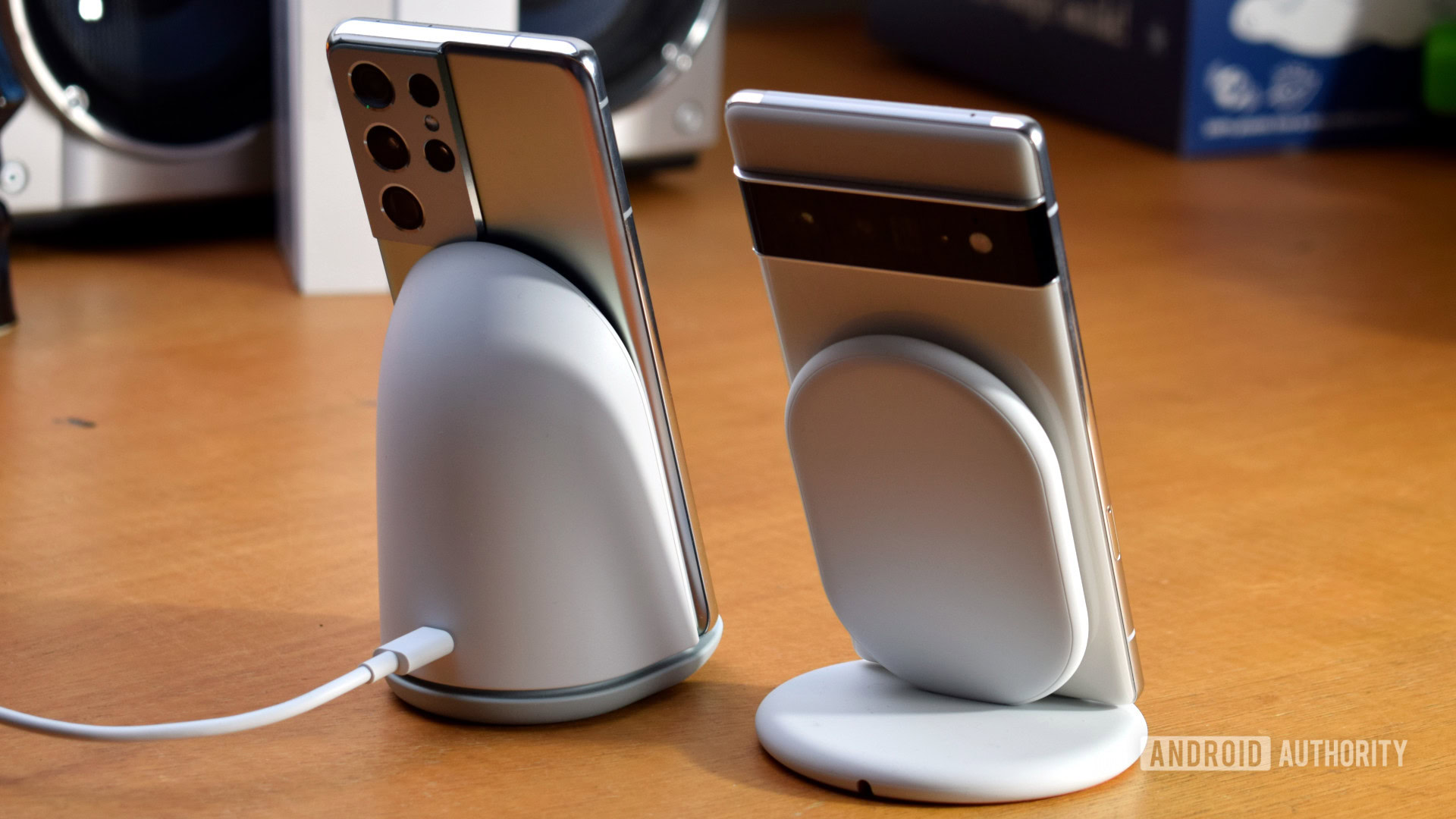
Robert Triggs / Android Authority
There are still things I prefer about Samsung phones. I praised the battery life on the 9 Pro earlier, but I’m not as happy with the charging situation, especially wireless charging. Samsung phones can charge up to 15W wirelessly, while the Pixel 9 Pro can charge up to 21W wirelessly. That sounds like a win for the Pixel, but it isn’t. A Pixel can only achieve that maximum wireless speed with a Pixel Stand, a product Google no longer sells. On a regular Qi charger, which manages 15W on my S24 Ultra, the Pixel 9 Pro will only charge at 12W. A difference of 3W doesn’t sound like much, but 15W is enough for quick top-ups on my S24, while wirelessly charging the Pixel doesn’t feel worth it.
Likewise, the wired charging is too slow for my liking. 27W charges the 4,700mAh battery resonably fast, but my S24 Ultra is faster at 45W. It’s not a deal-breaker when the phone lasts as long as it does on a charge, but it was frustrating when I wanted to give it a quick boost before going out for the evening.
Giving your ‘pro’ phone 128GB of storage, especially when photos and videos take up so much space, is unforgivable.
Storage is another pain point for me. The Pixel 9 Pro is £1,000 and only comes with 128GB in its base configuration. The S25 series, except for the base model, starts at 256GB, and Samsung regularly runs promotions that get you double the storage for no extra cost. Giving your “pro” phone 128GB of storage, especially when photos and videos take up so much space, is unforgivable in 2025.
While I love Material 3 Expressive in Android 16 QPR1 and the Pixel-specific features mentioned earlier, One UI still has a lot of things I’d find hard to give up. Widget Stacks is something I use all the time. Like iOS, One UI lets you stack multiple widgets in the same place so you can scroll through them. That means you can have every widget you’d need on your primary homescreen and eliminates the need to scroll through multiple home pages. In my setup, I have the Google Search bar stacked with the controls for my Galaxy Buds 3 Pro, my Calendar stacked with a Tick Tick to-do list, and my Google Home light controls with pinned notes in Google Keep.
Good Lock is another thing that makes me hesitant to switch away from Samsung phones. Good Lock offers unrivaled customisation, from overhauling Android’s gesture navigation to fine-tuning animations and icon shapes.

Zac Kew-Denniss / Android Authority
I know it’s a cliché, but the Samsung ecosystem would be difficult to leave. I have multiple Samsung phones, a Galaxy Watch 6, Galaxy Buds 3 Pro, and a Tab S10 Plus. Likewise, my wife uses all-Samsung devices as well. There are perks to keeping to that ecosystem. Samsung’s implementation of shared calendars is better than Google’s, Galaxy Buds seamlessly switch audio sources between Samsung devices, and my S24 Ultra can act as a color palette and tool picker for my Tab S10 Plus when I’m drawing in Samsung Notes.
Am I buying a Pixel?
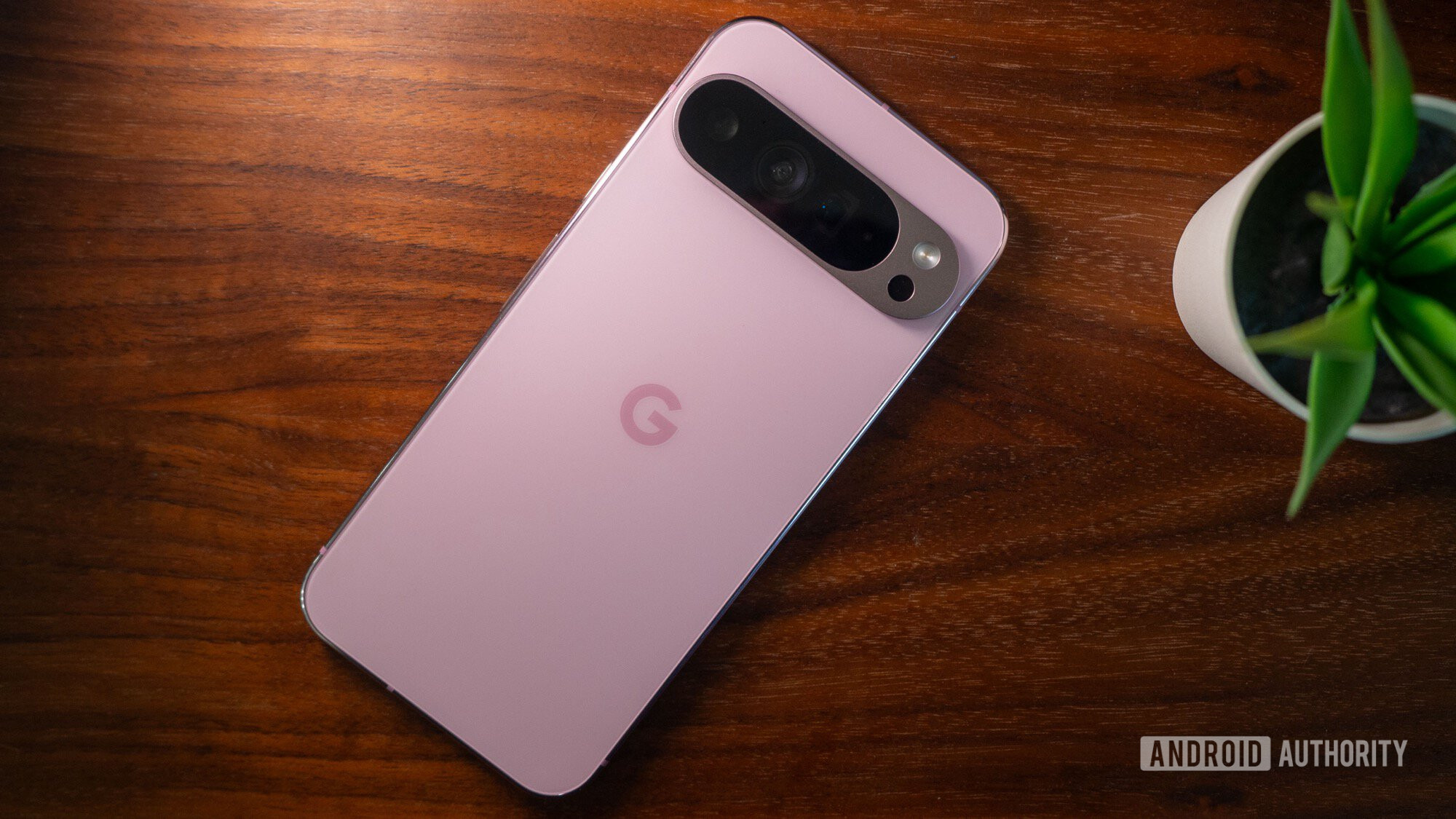
Rita El Khoury / Android Authority
Probably. January is upgrade time, and based on the current rumours surrounding the Galaxy S26 series and the Pixel 10, the Pixel is what I’m leaning towards. Above all else, my experience with the Pixel 9 Pro made me realise I want a phone that’s smaller, lighter, and still packs the camera prowess I want from a phone.
That’s the icing on top of a phone that nails all of the fundamentals of what I want, and it’s so good I think I’m willing to give up the features I’ve grown accustomed to in One UI. MKBHD once called the Pixels “the smartest smartphone,” and it’s true. Google’s thoughtful approach to software and hardware is something I didn’t realise I missed, and now that I’ve experienced it again, I remember why I used to love Google phones in the first place.


